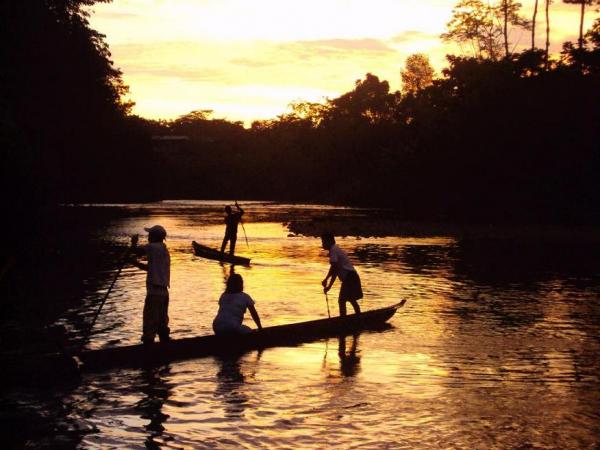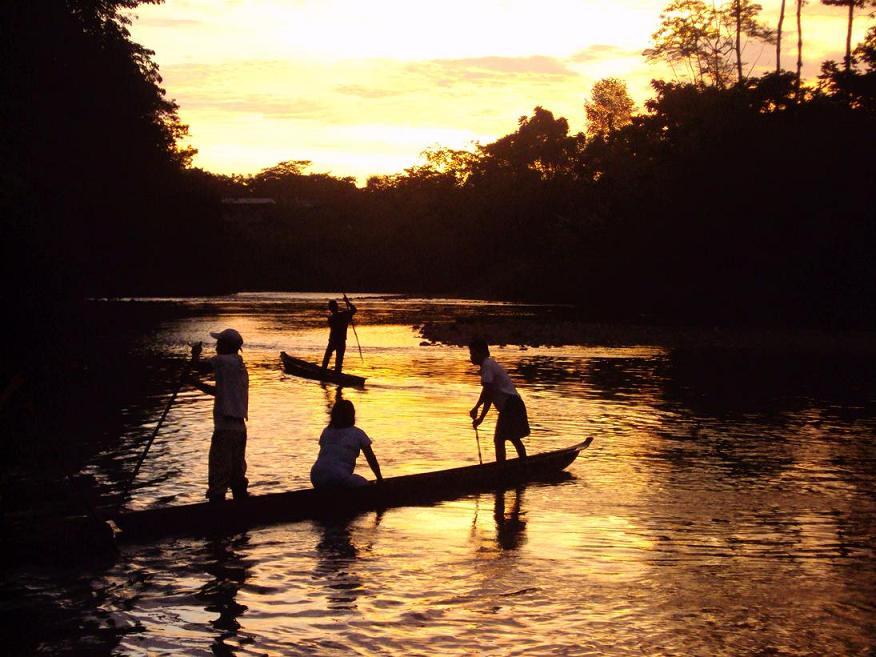NEH and NSF Support Efforts to Preserve Languages Threatened by Extinction

Penobscot Indian Baskets. An NEH Documenting Endangering Language grant will support the creation of a comprehensive Penobscot Dictionary.
Courtesy of Maine Folklife Center, The University of Maine

Penobscot Indian Baskets. An NEH Documenting Endangering Language grant will support the creation of a comprehensive Penobscot Dictionary.
Courtesy of Maine Folklife Center, The University of Maine
WASHINGTON (September 10, 2013) —The National Science Foundation (NSF) and the National Endowment for the Humanities (NEH) announce $3.7 million in awards as a part of the Documenting Endangered Languages (DEL) program.
With the completion of the ninth round of this ongoing collaboration to support scientists’ efforts to document languages threatened by extinction, NSF and NEH partnered in the funding of institutional grants, fellowships, doctoral dissertation research improvement awards (DDRIGs), and training and workshop projects.
As the Catalogue of Endangered Languages (endangeredlanguages.com) confirms, on average, a language becomes extinct every three months. Lyle Campbell, director of the Catalogue of Endangered Languages notes, “Our findings confirm the common perception that on-going loss of language diversity in recent times has significantly accelerated.”
The 2013 DEL awards support digital documentation of over 38 endangered languages spread across 19 language families spoken in South, Central, and northern Asia, Africa, Papua New Guinea, and the Americas.
“Languages are becoming obsolete at an alarming rate, taking with them valuable scientific and cultural information. Endangered language documentation allows us to investigate linguistic structures and cognitive systems prior to the loss of these languages, “noted Joanne Tornow, NSF’s Acting Assistant Director for Social, Behavioral, and Economic Sciences.
The collaboration between NEH and NSF in support of endangered language documentation funds the creation of analytic dictionaries, reference grammars, and digital archives of endangered language corpora which include audio and video data. For example, an award to the University of Maine will allow Pauleena MacDougall, James Francis, and Conor Quinn to produce a digital dictionary of the Algonquian language, Penobscot, creating a resource for comparative research in the historical reconstruction of the Algonquian language family.
Several DEL grants will collect invaluable data to develop and test theories about language structure and change, and to reconstruct the linguistic histories of large and small communities. This year an award to the University of Oregon will support the research of Doris Payne and Alejandra Vidal who will compare the structures of two languages of Northern Argentina, Nivacle and Pilagá, to investigate how languages change under intense long-term contact.
“Documenting languages before they become extinct ensures that our heritage and linguistic diversity is not lost,” said Acting NEH Chairman Carole Watson. “By supporting work with native speaker communities, the Documenting Endangered Language program enhances global understanding, creates valuable resources such as dictionaries, grammars and digital archives, and preserves and makes accessible to all this rich set of information.
The DEL Fellowship is an extremely flexible funding source that provides senior or junior researchers the opportunity to conduct new fieldwork or process previously collected data to complete documentary projects. Simeon Floyd will use his NEH DEL fellowship to complete a reference grammar of Cha'palaa, an indigenous language of Chachi people of Ecuador. Very little is known about languages spoken to the west of the Andes and this project will help fill that gap.
There are few avenues of support for doctoral research in endangered languages other than the DEL Doctoral Dissertation Research Improvement Grants. Randi E. Tucker, a doctoral student at the State University of New York at Buffalo, will conduct an in-depth study of landscape features of Diidxa za (also known as Isthmus Zapotec) spoken in Oaxaca, Mexico. She will explore the relationship of cognition, experience, and the abstract encoding of experience in language by comparing the lexical representation of landscape to the terrain occupied by speakers. Carolina Aragon, a doctoral student at the University of Hawaii, Manoa will document Akuntsu, a language spoken by one of the remaining isolated groups of Brazil to investigate the typological and historical relationships between Akuntsu and other languages of the vast Tupian family. This project comes at a critical time as there are fewer than 10 remaining speakers of this language.
DEL workshops are an essential mechanism for stimulating new avenues of research. These workshops create citizen scientists by training native speakers in basic linguistic analysis methodology, data collection, and digital archiving. This is the fourth time that the DEL program will support the Institute on Collaborative Language Research, a summer institute training linguists and language teachers in documentary methods. The institute will be directed by Colleen Fitzgerald at the University of Texas at Arlington.
A complete listing of this year's NEH and NSF DEL awards can be found here. Information about the Documenting Endangered Languages Program can be found on the NSF web site and on the NEH web site.

